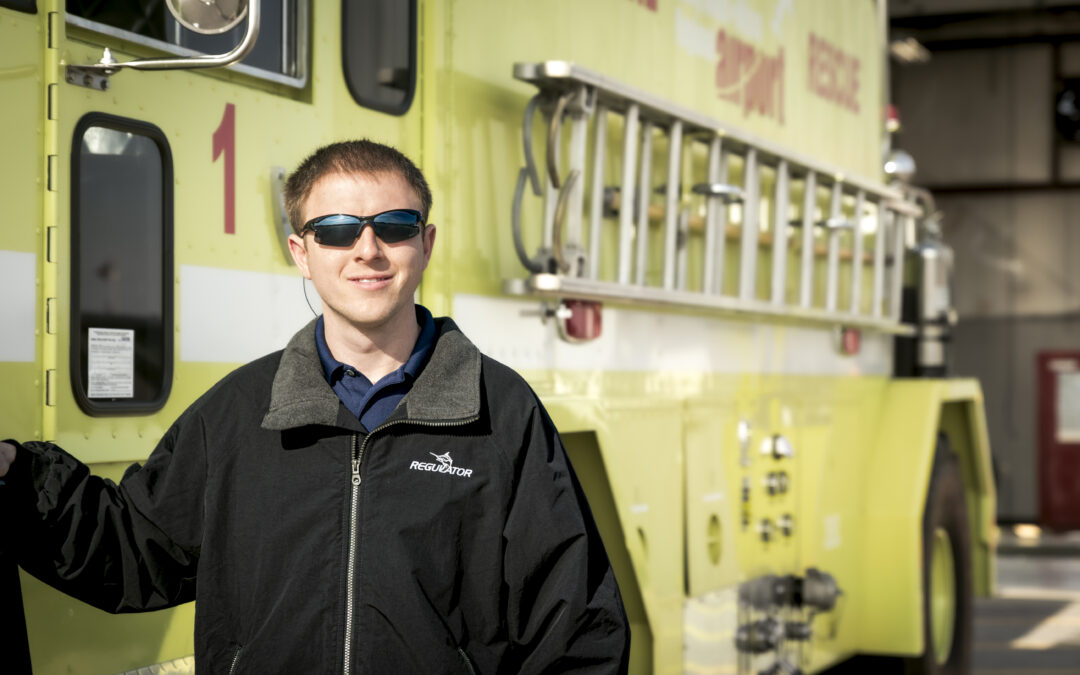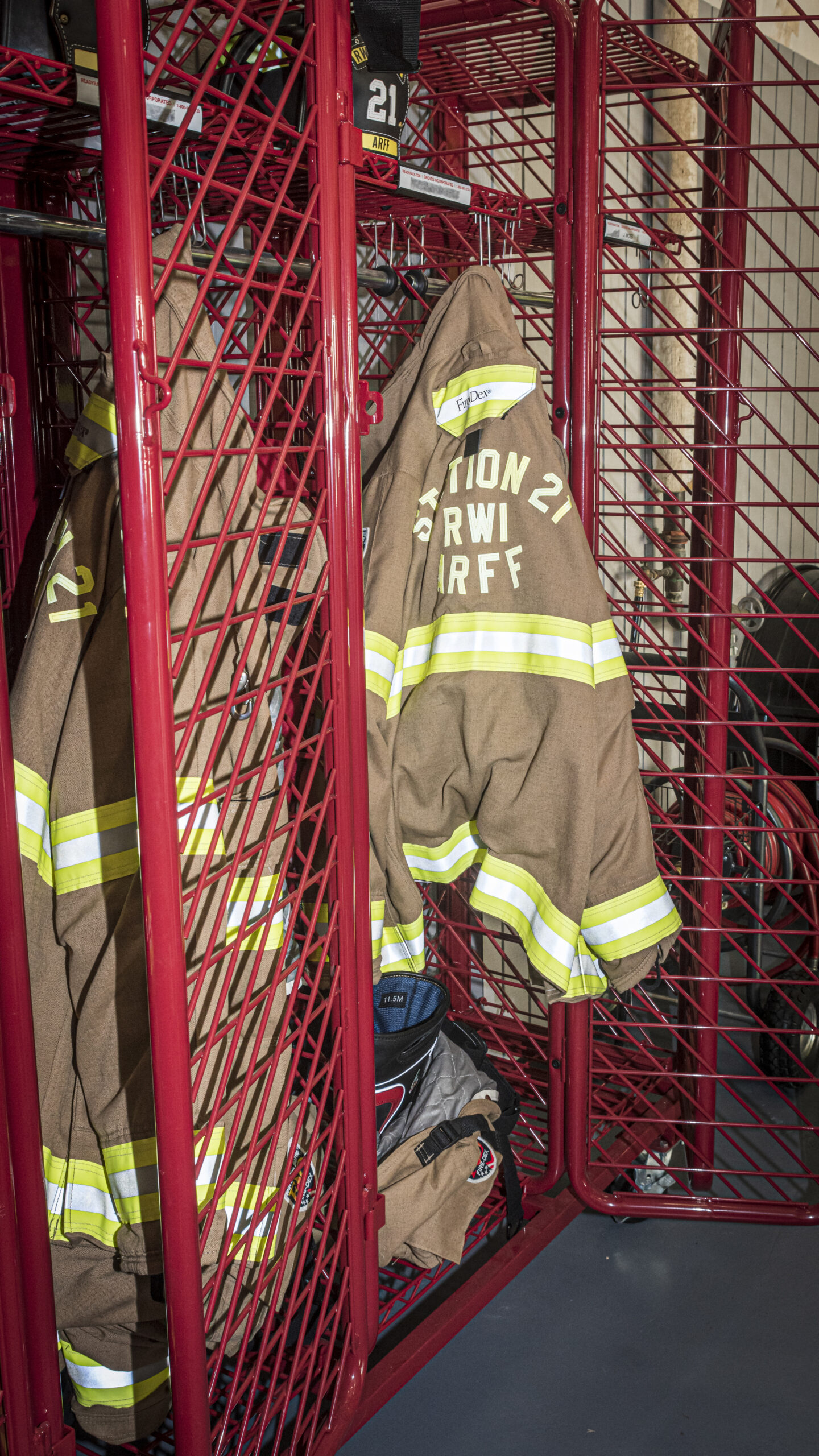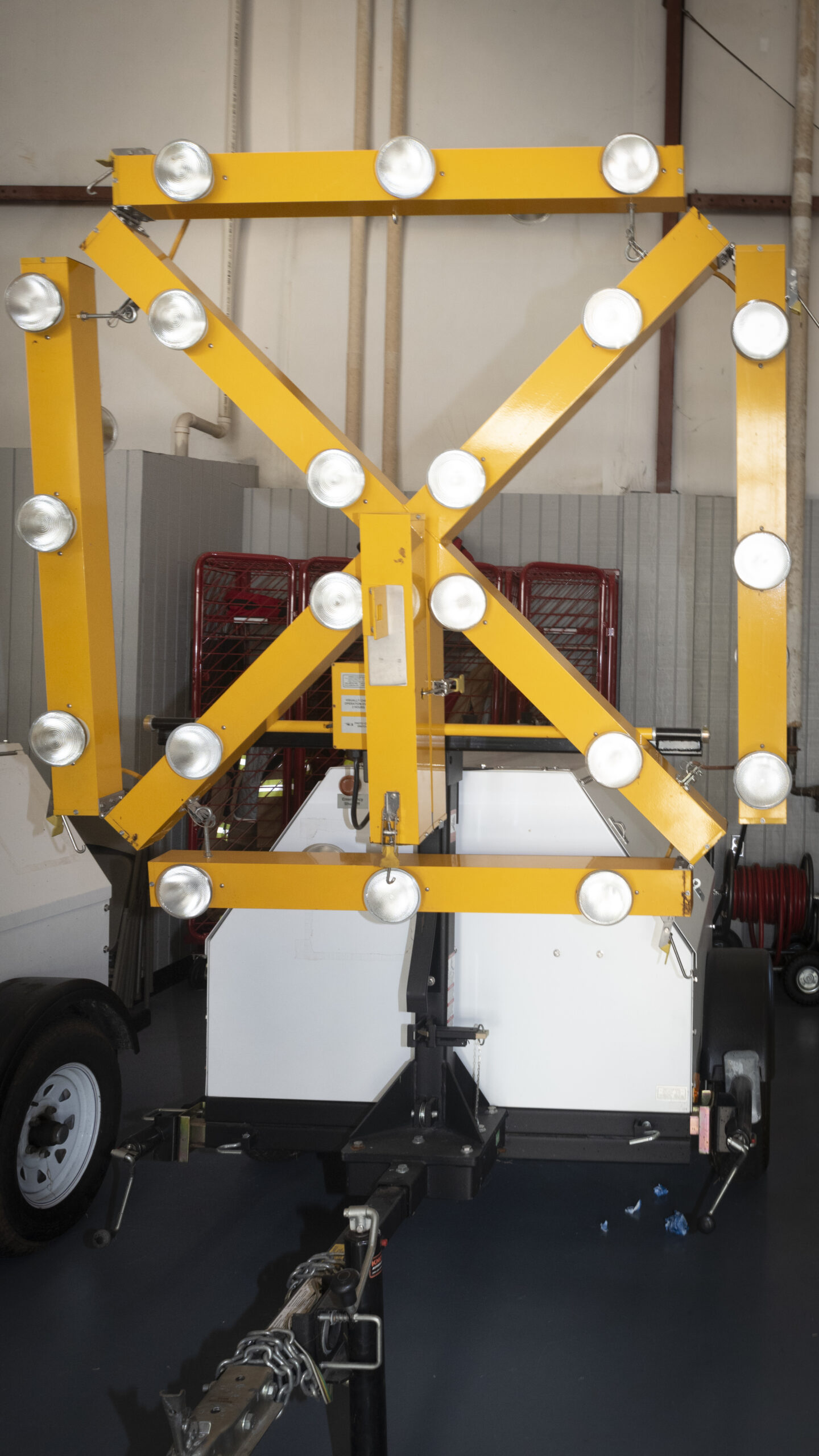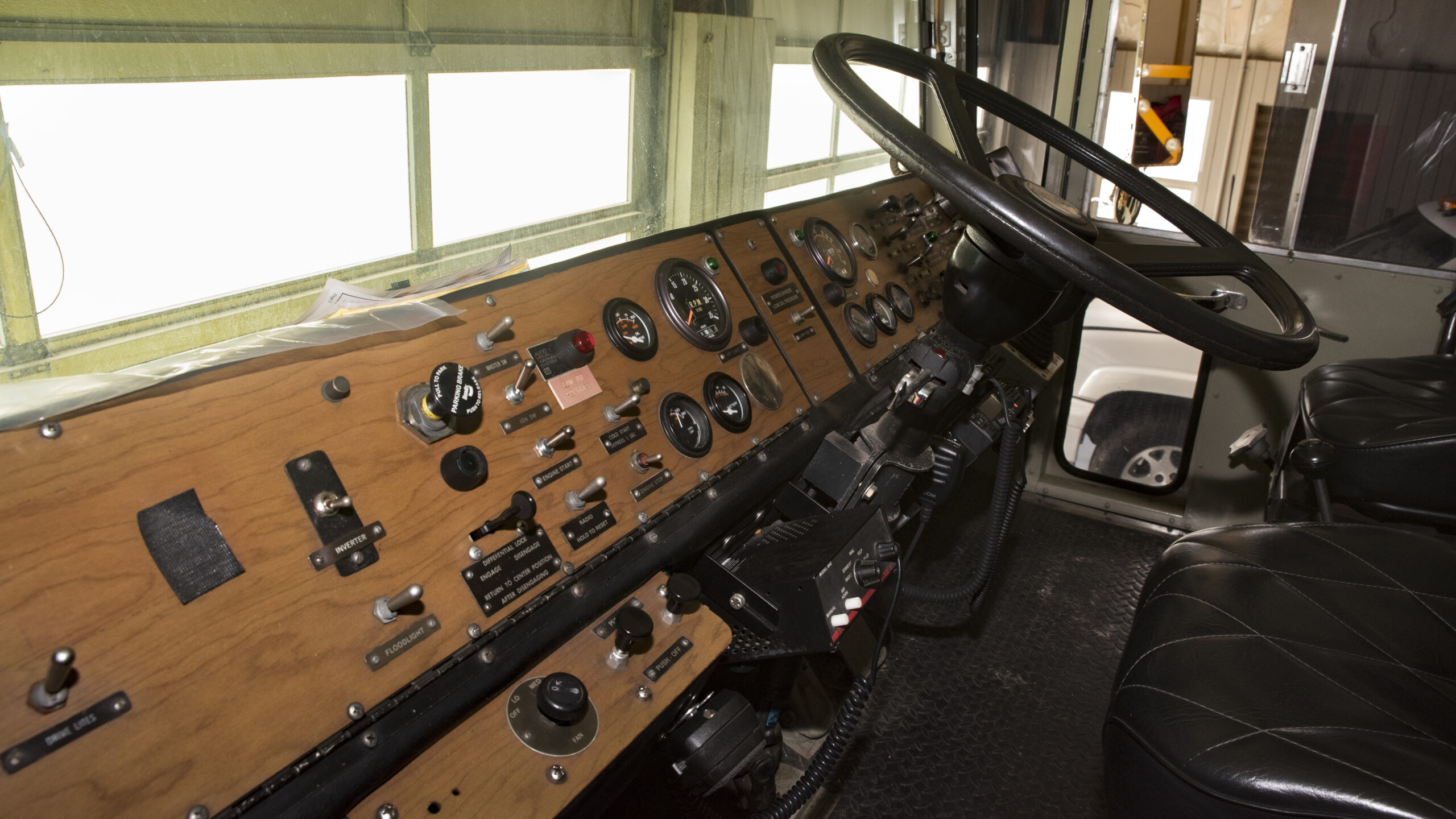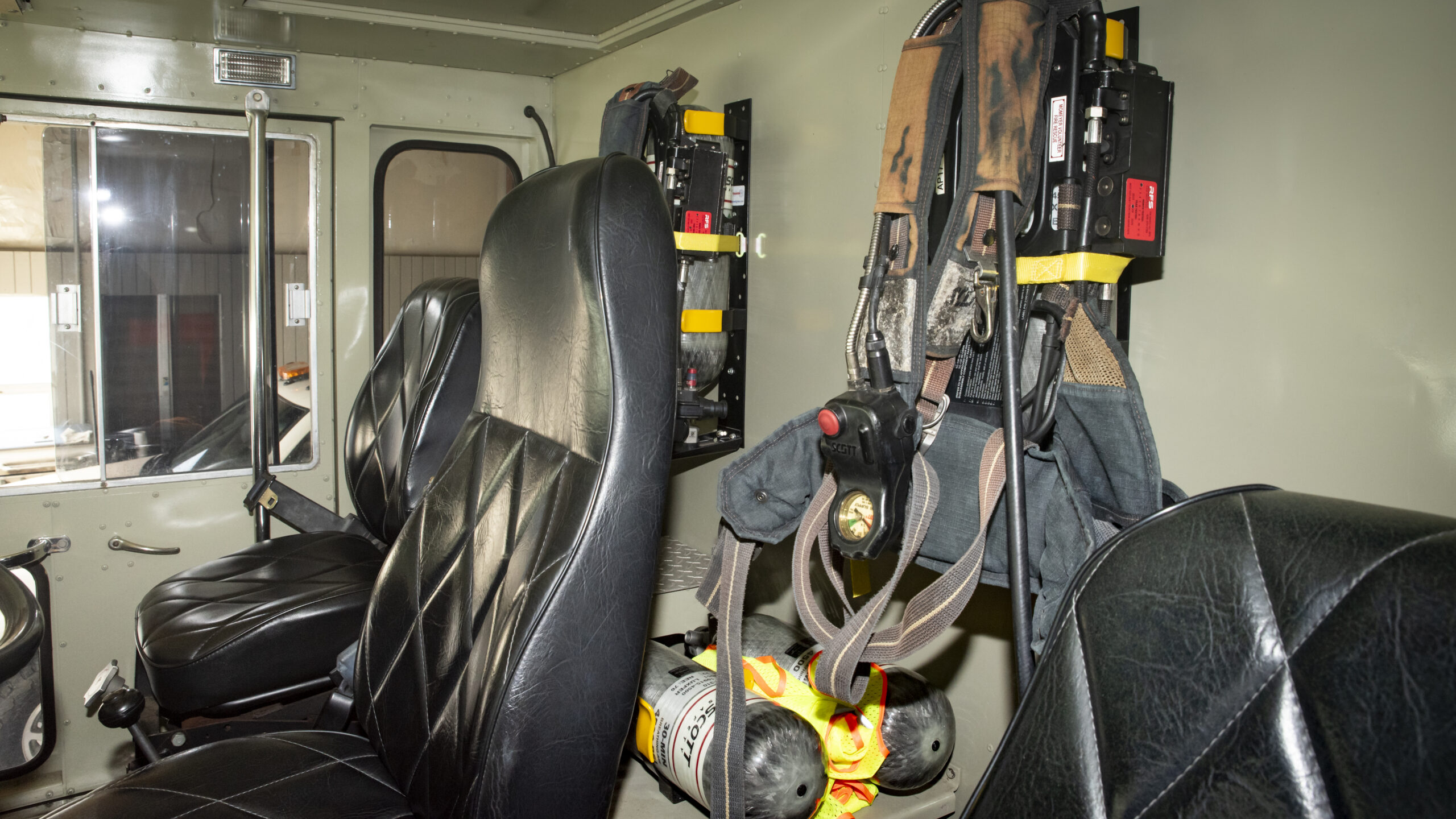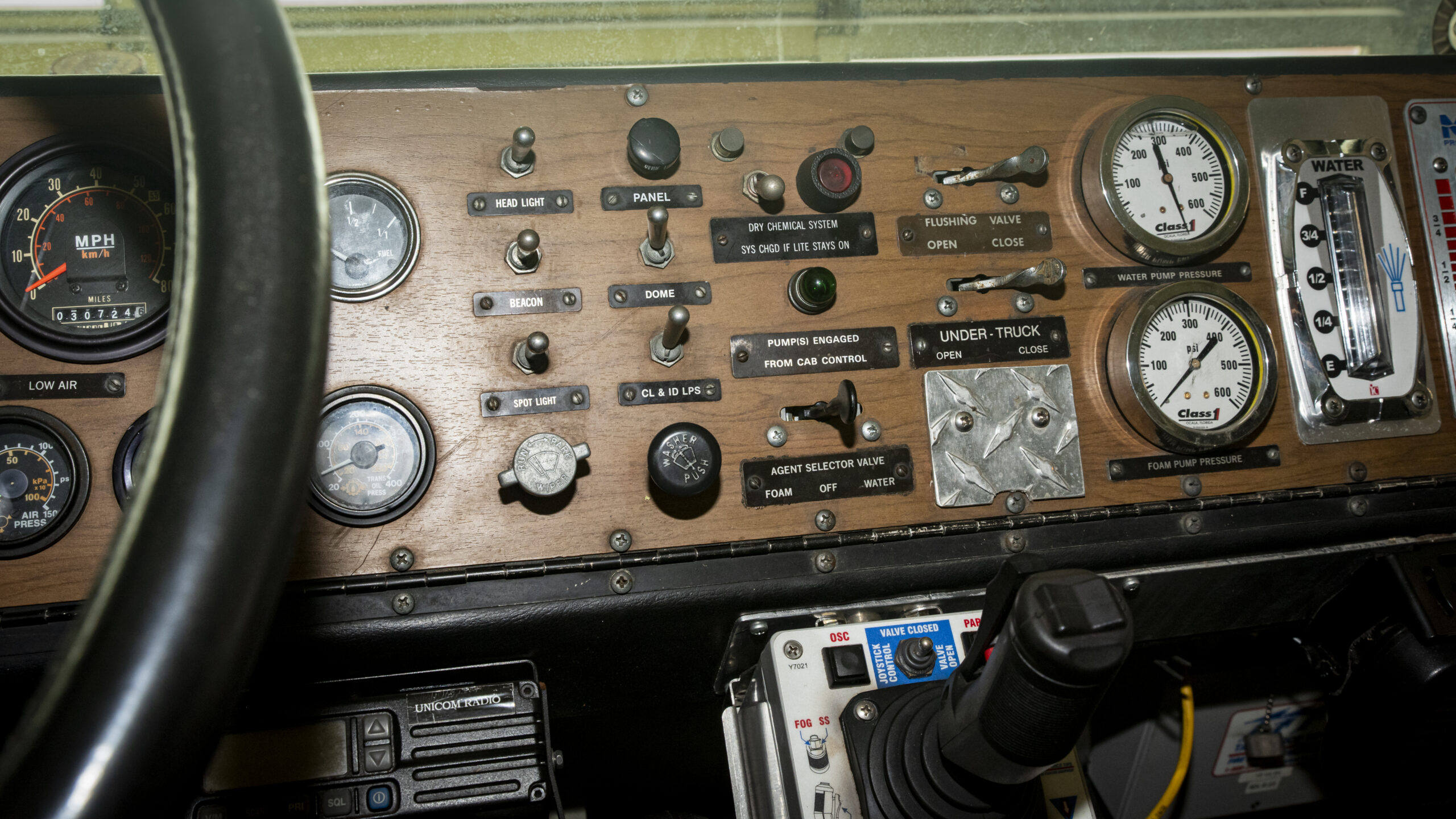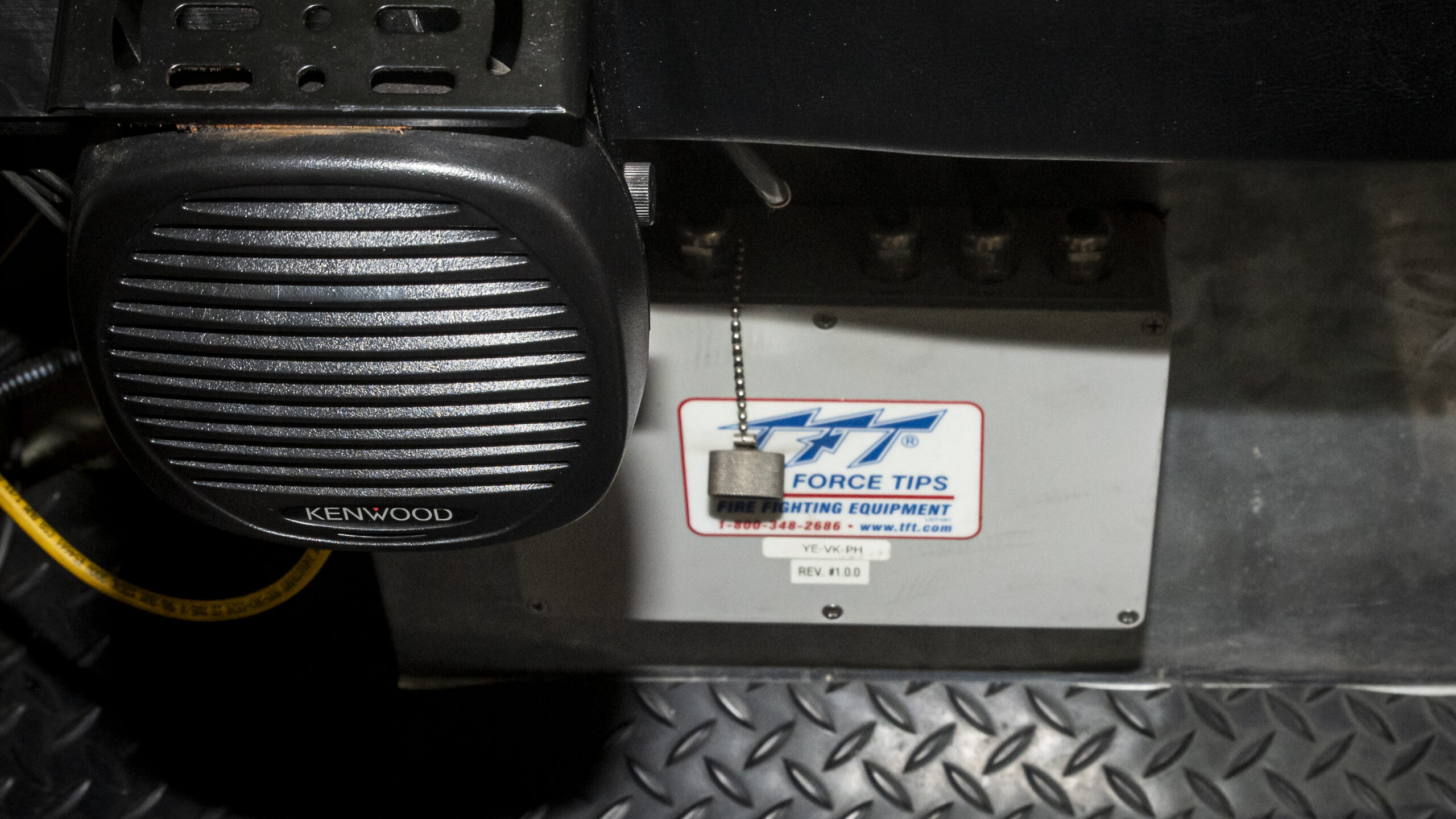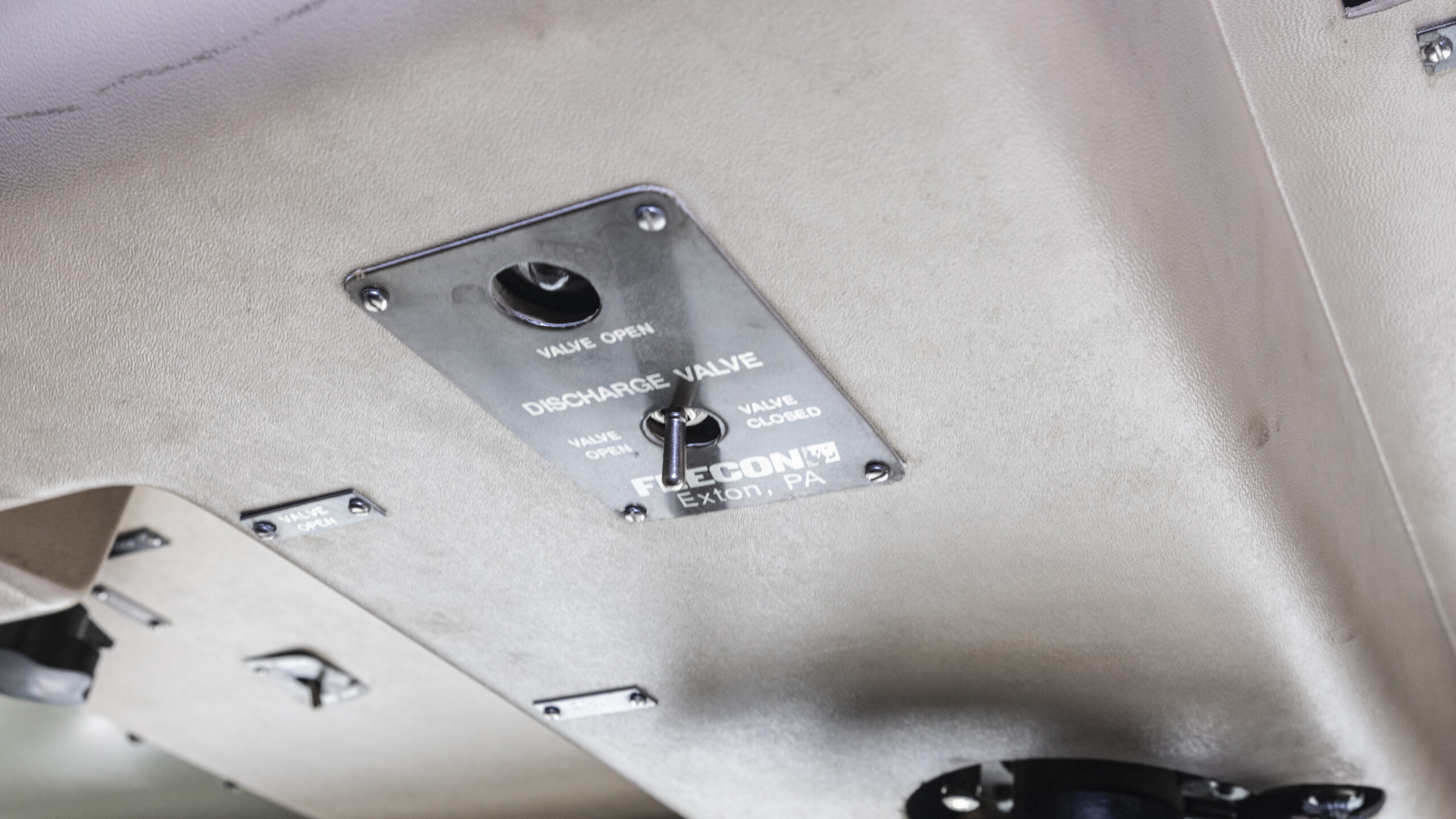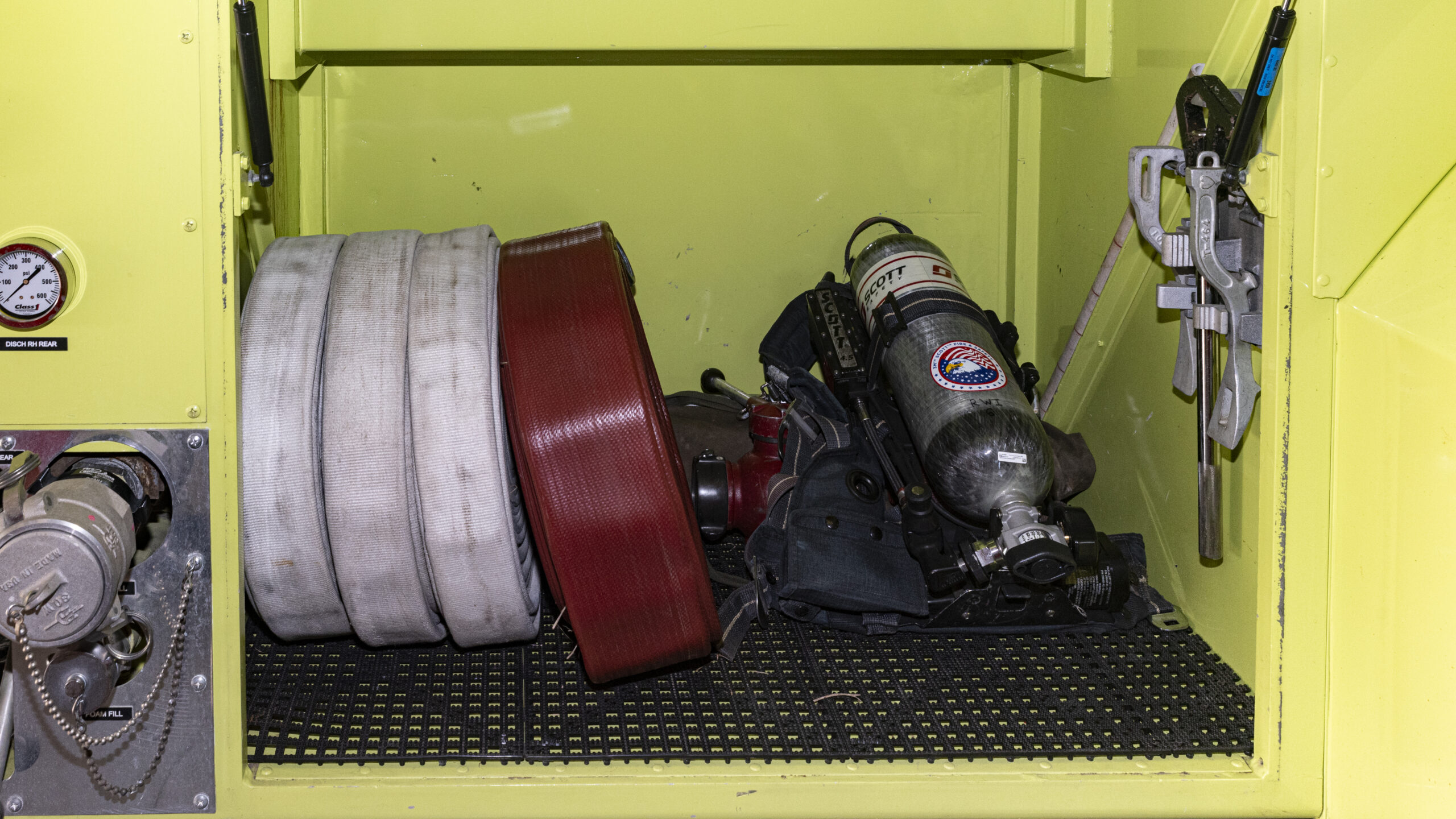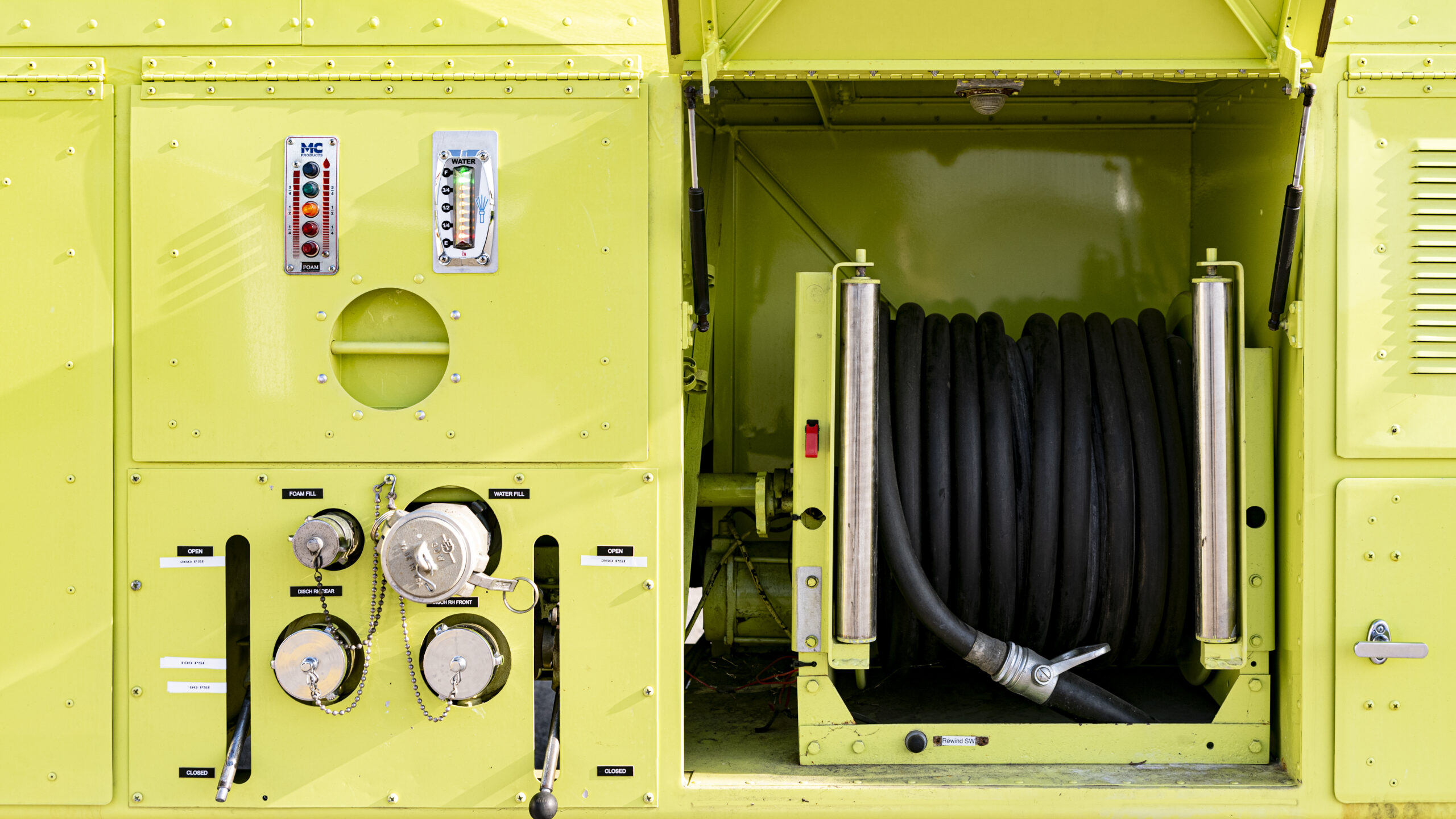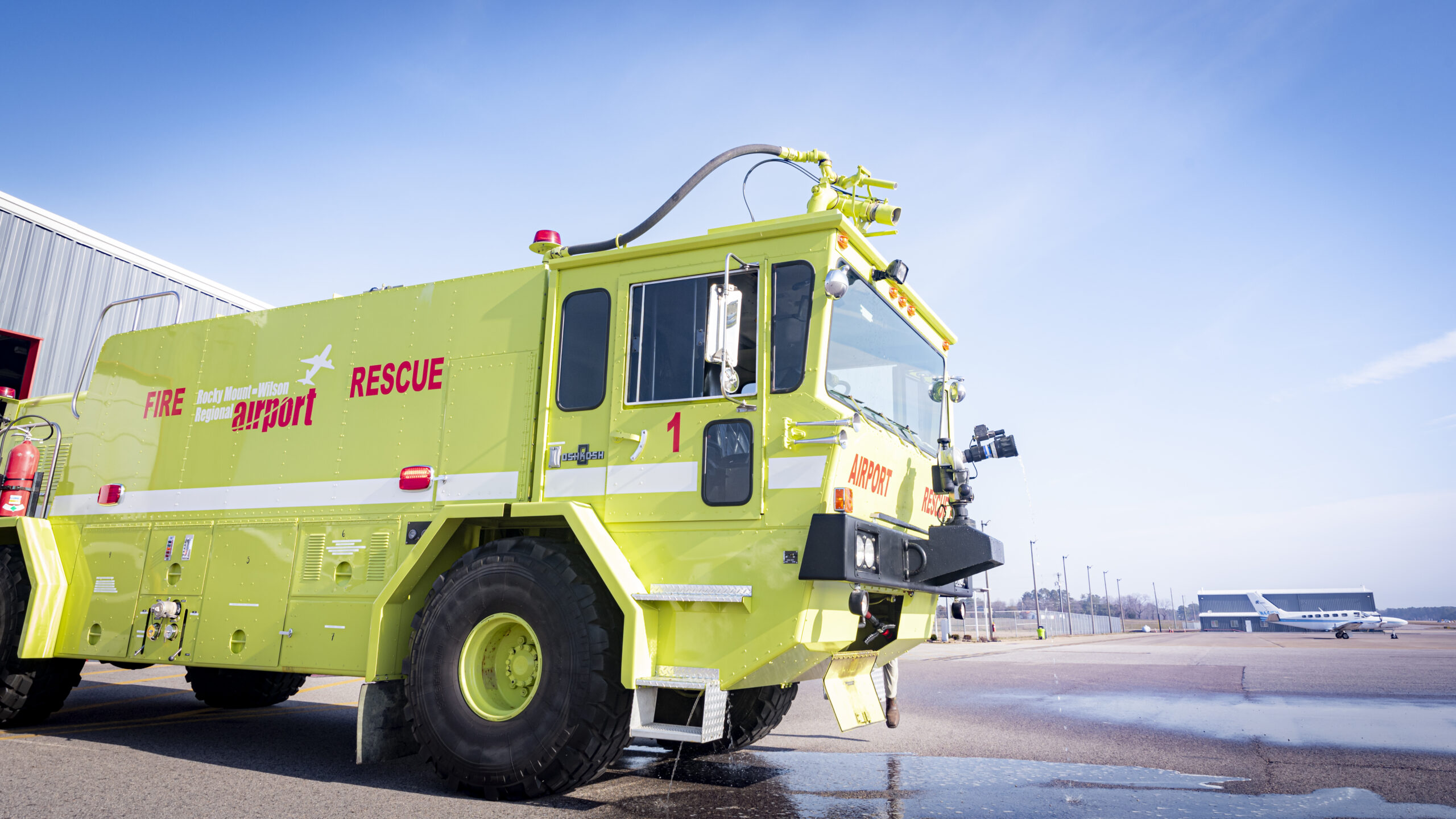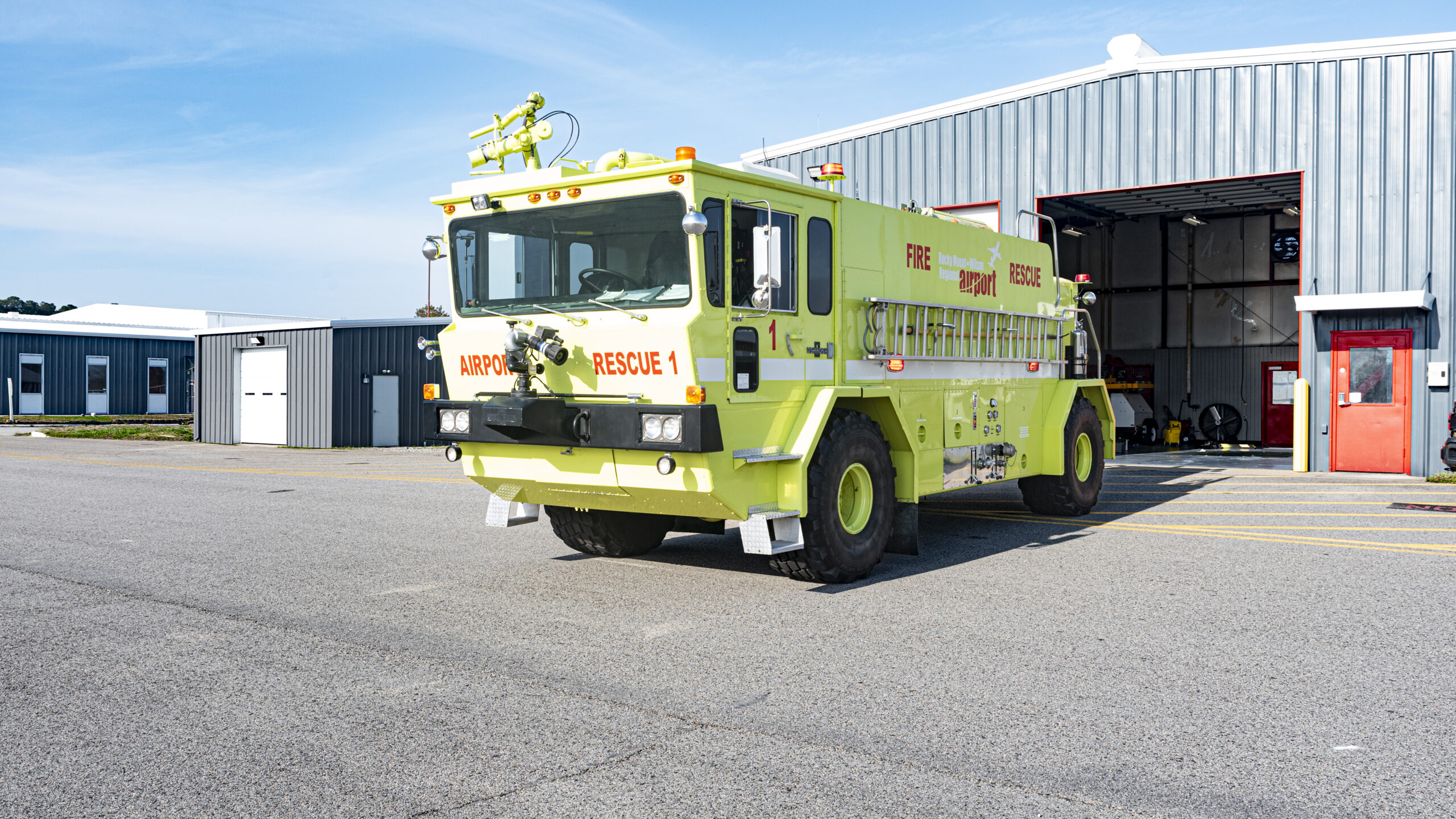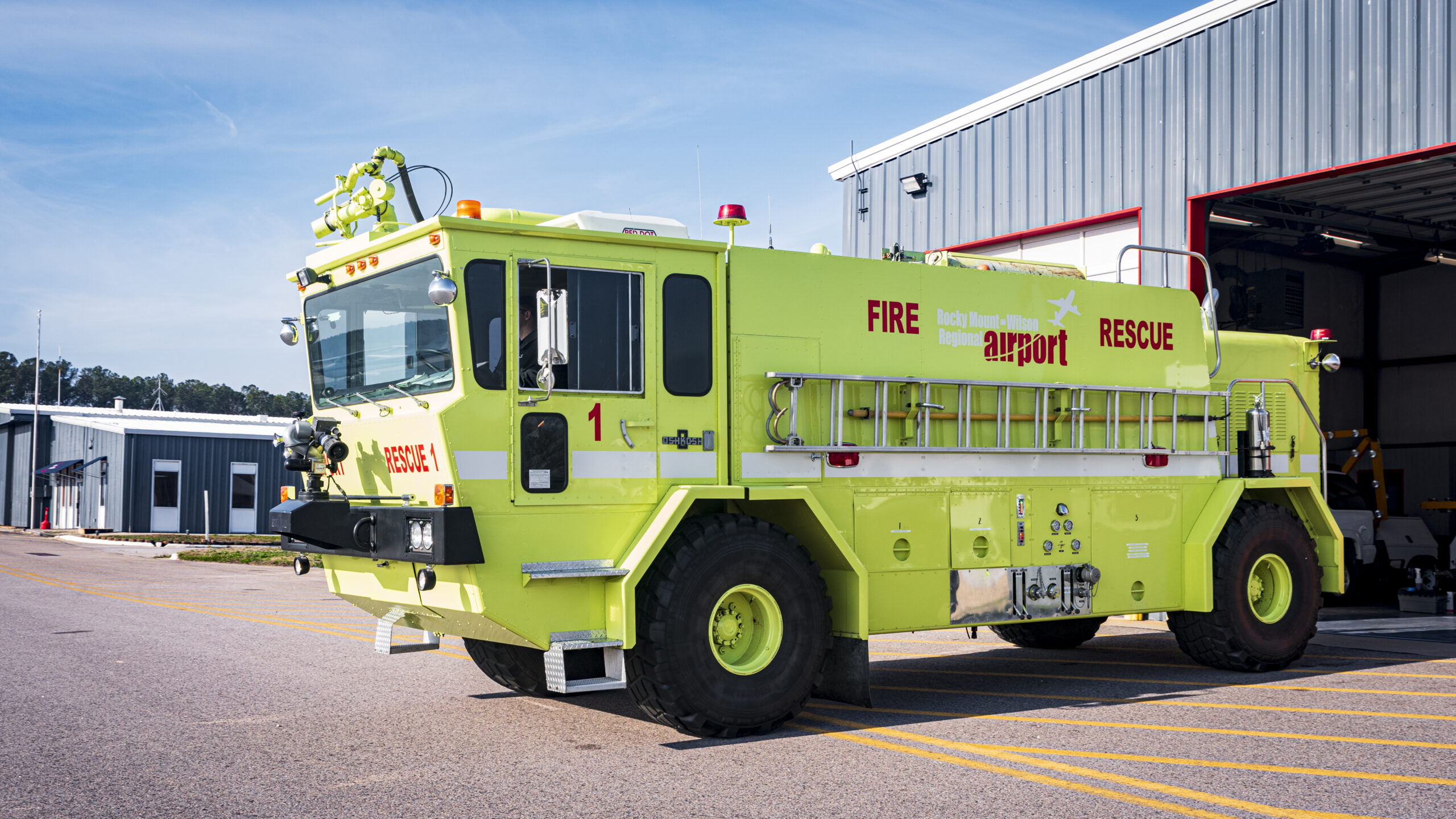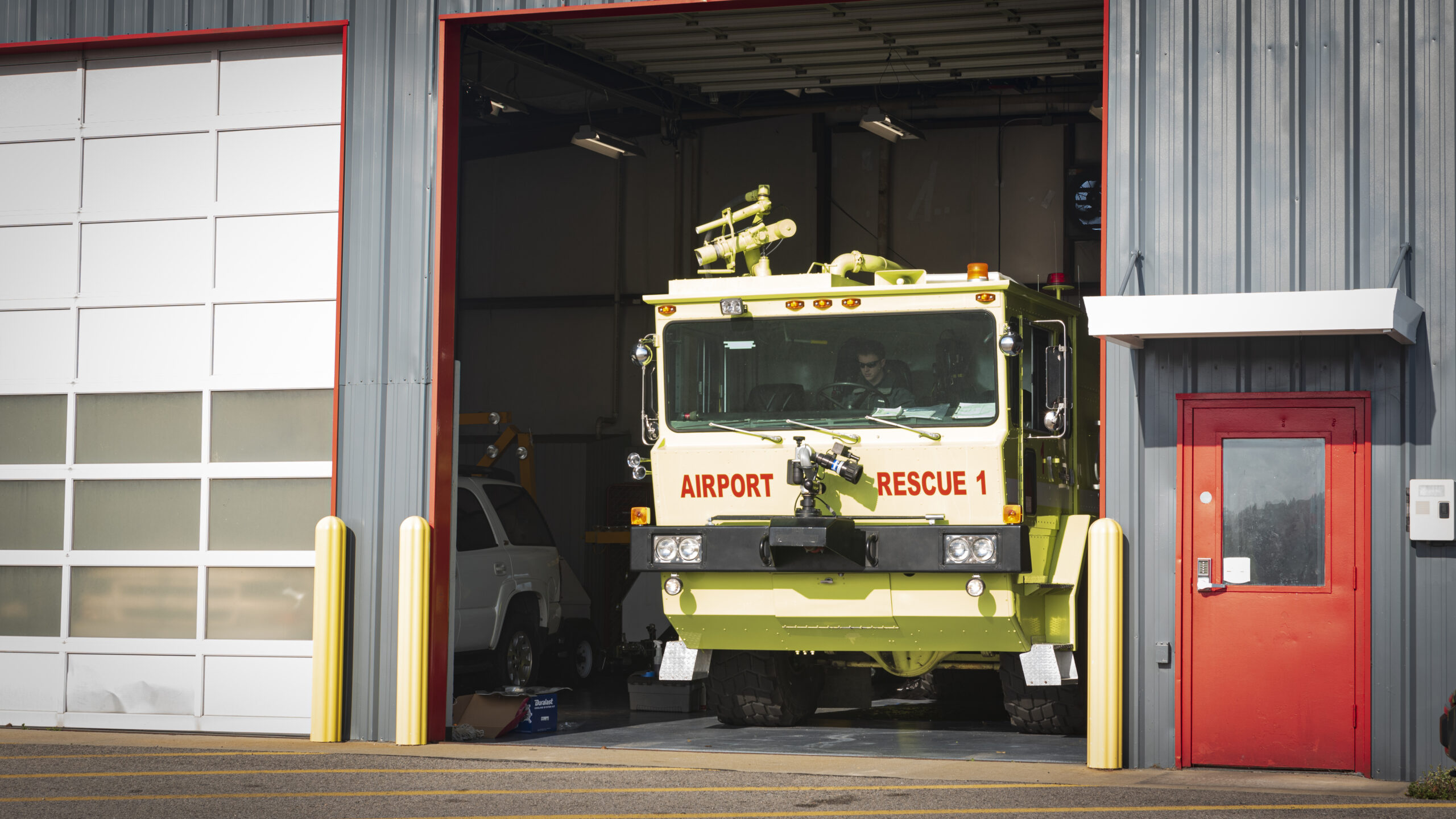Mastering the Art of Aircraft Rescue and Fire fighting
The Beast:
The Oshkosh T-1500

Morning Brew & Safety:
The ARFF Day-Starter
“Most of the time, our emergencies simply involve heading to the runway and ensuring the aircraft lands safely. That accounts for 99% of our calls, knock on wood,” Jarrett says. This unique insight into their day-to-day illuminates a frequently ignored reality — their achievement is not measured by their interventions, but by the stability they maintain.
Evolution in Airport Fire fighting:
Turnout Gear and Boots
Foam and the Future:
Innovations in Fire fighting
Time is of the Essence:
Navigating the Challenges of ARFF
Training to Save Lives:
The Backbone of ARFF
Beyond the Gear:
A Community of Care and Innovation
“This truck is a highly requestable asset for Nash, Wilson, and Edgecombe counties. If they [the counties’ first responders] want this apparatus on the scene, all they have to do is ask,” Jarrett states, emphasizing the spirit of collaboration and support that pervades his work.
- Flight operations increased from 10,172 in 2021 to 45,794 in 2023, emphasizing its focus on ARFF innovation and potential for commercial flights, marking KRWI’s dynamic growth.↩
- The DoD now uses fluorine-free foam (F3) to combat PFAS risks, per MIL-SPEC MIL-PRF-32725 from January 2023, limiting PFAS to 1 ppb. This change, affecting military and FAA-regulated facilities, necessitates equipment adjustments to accommodate F3 foam properties.↩

